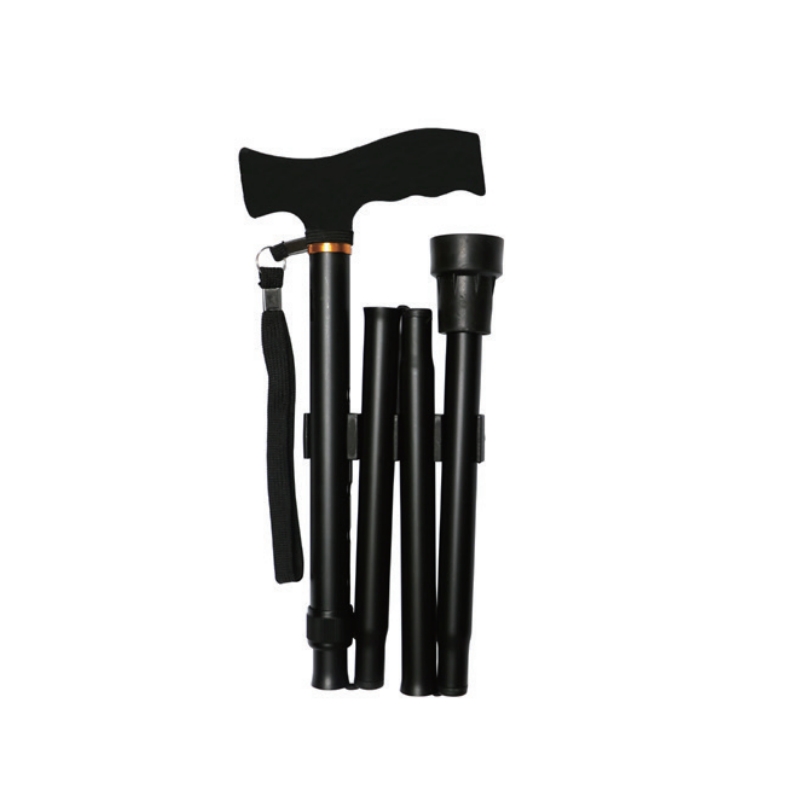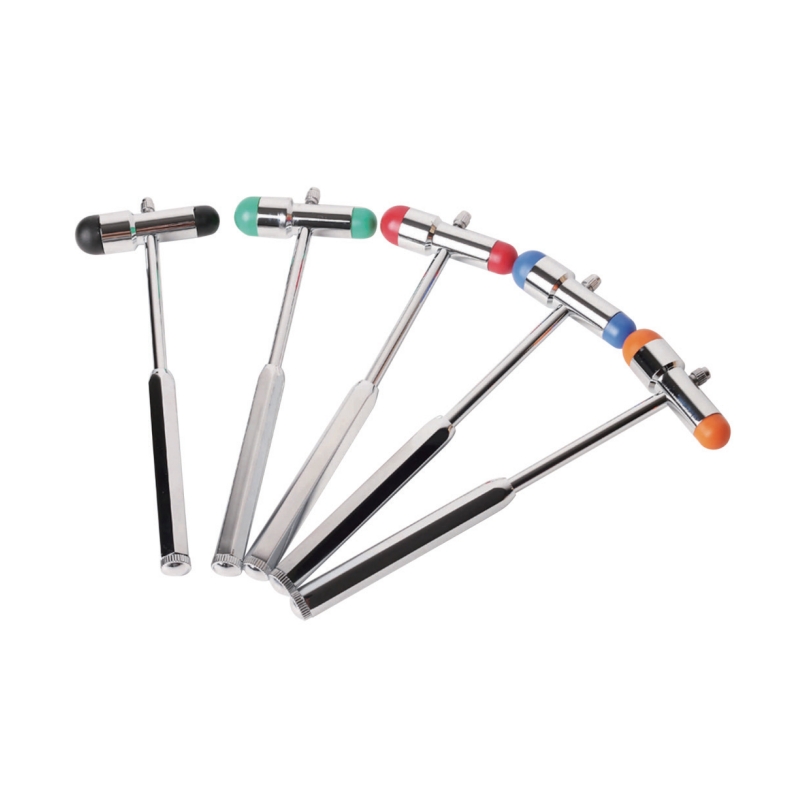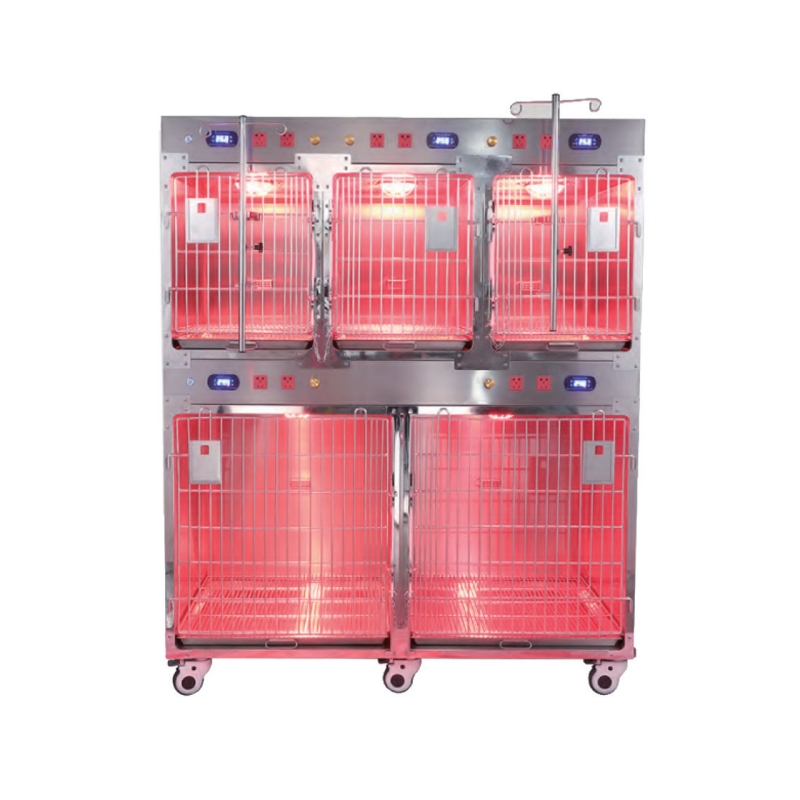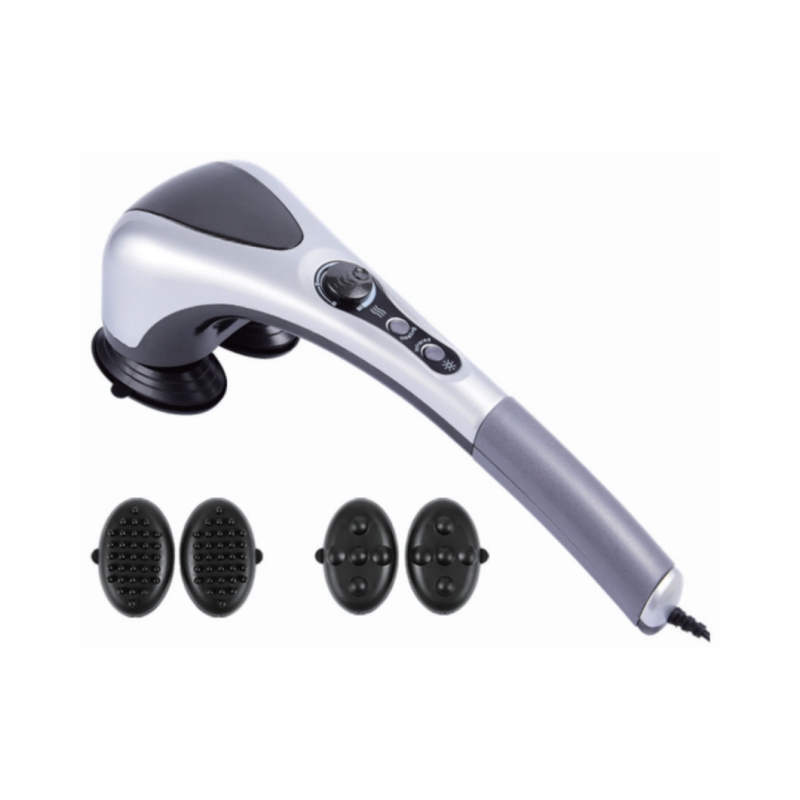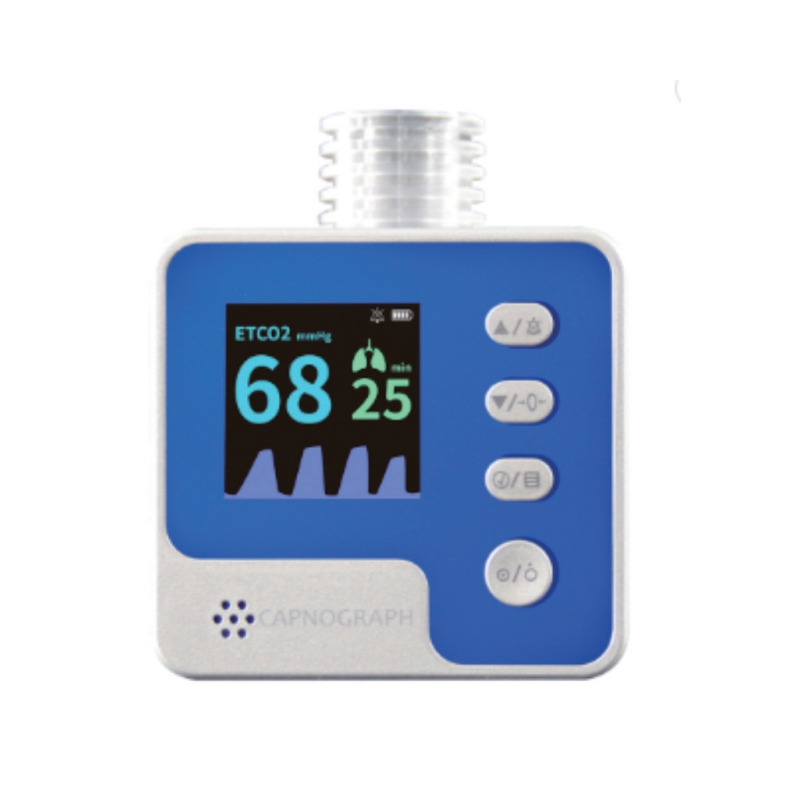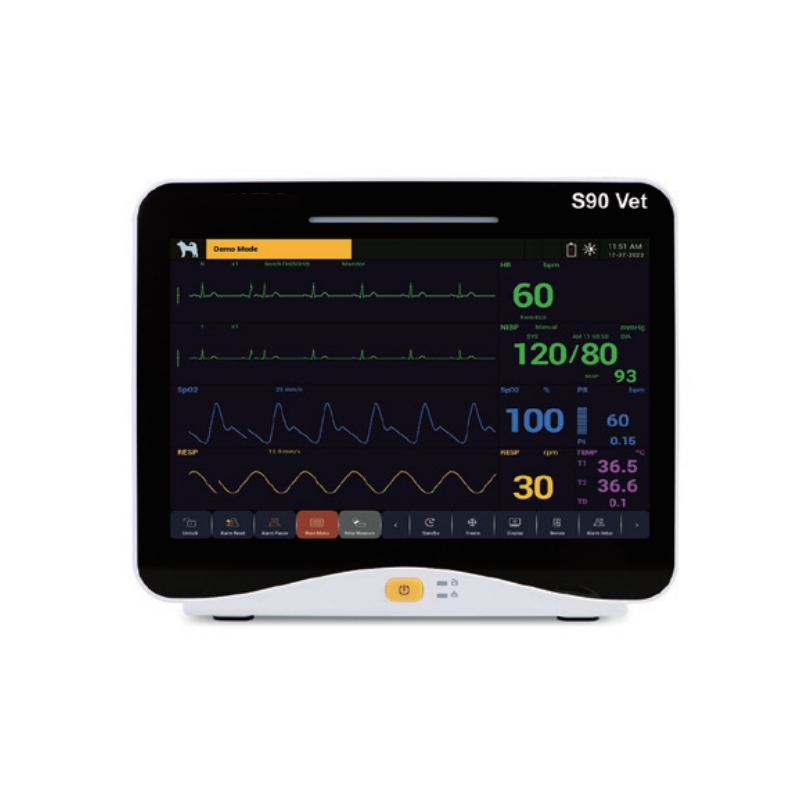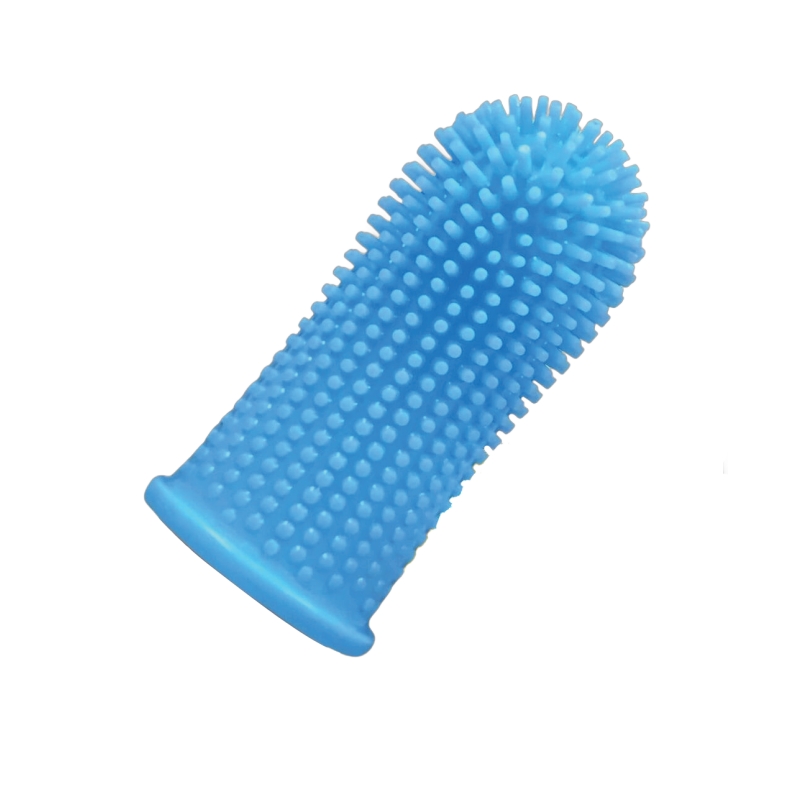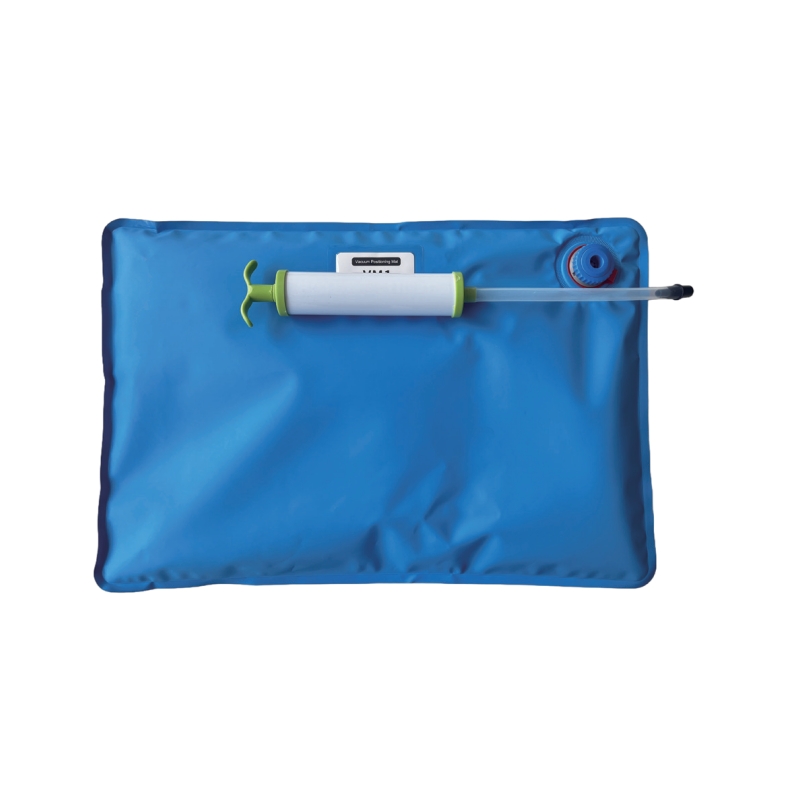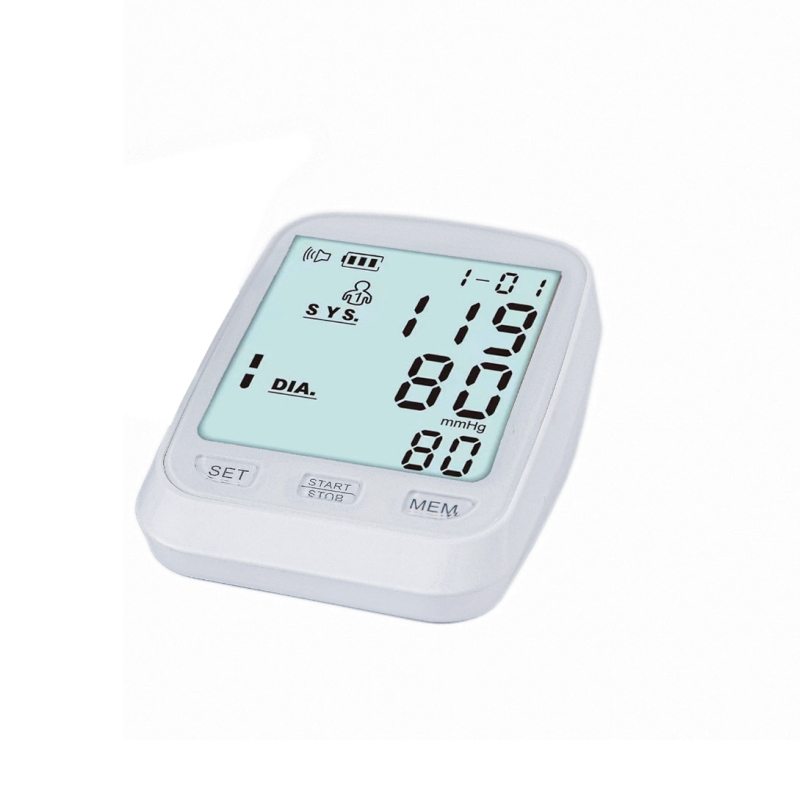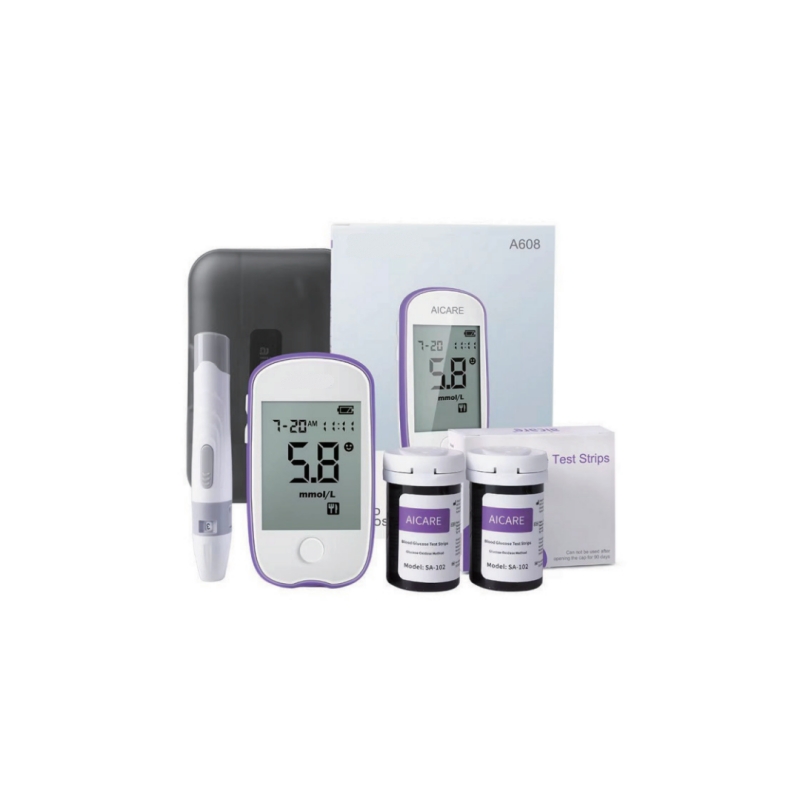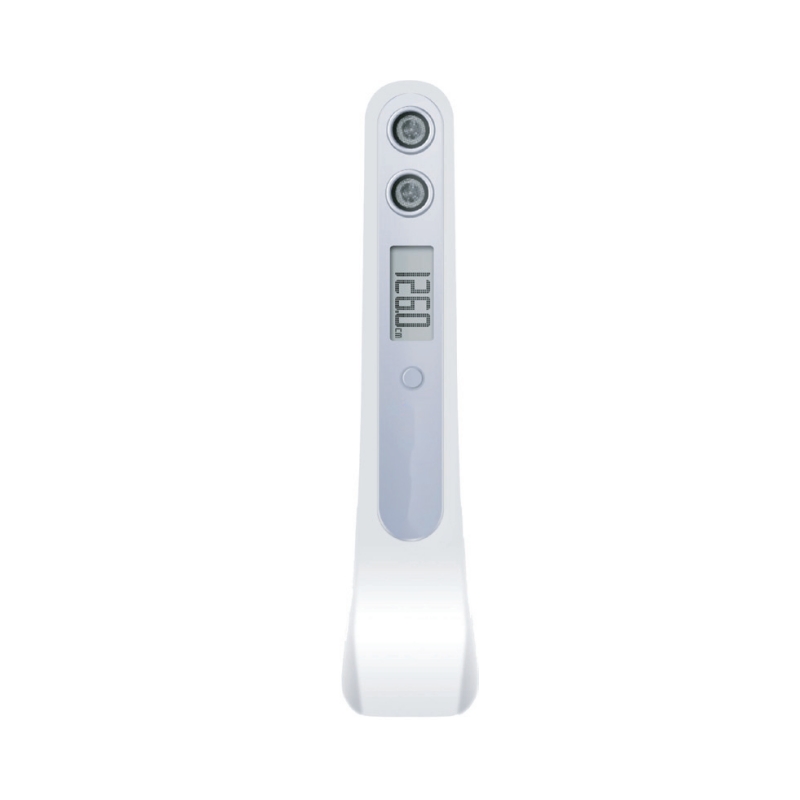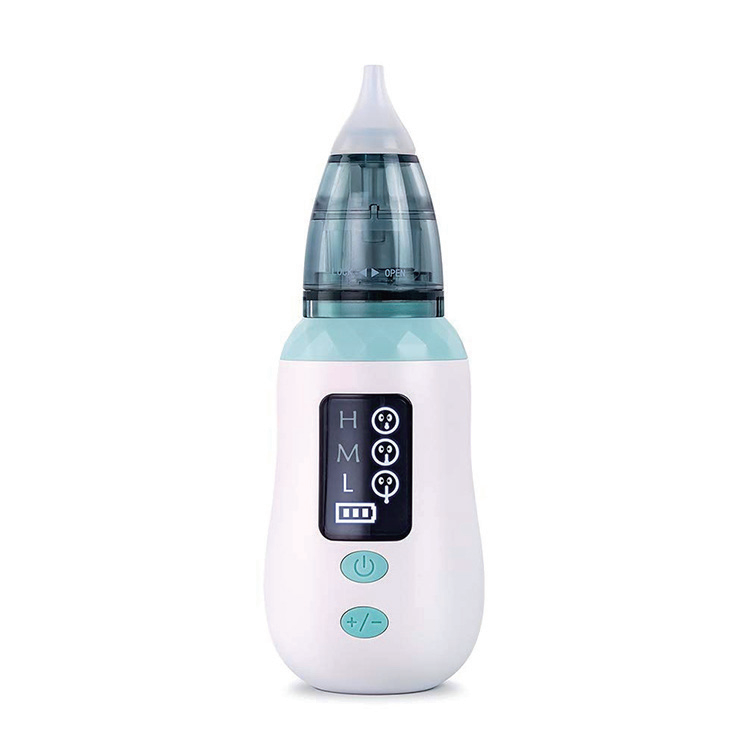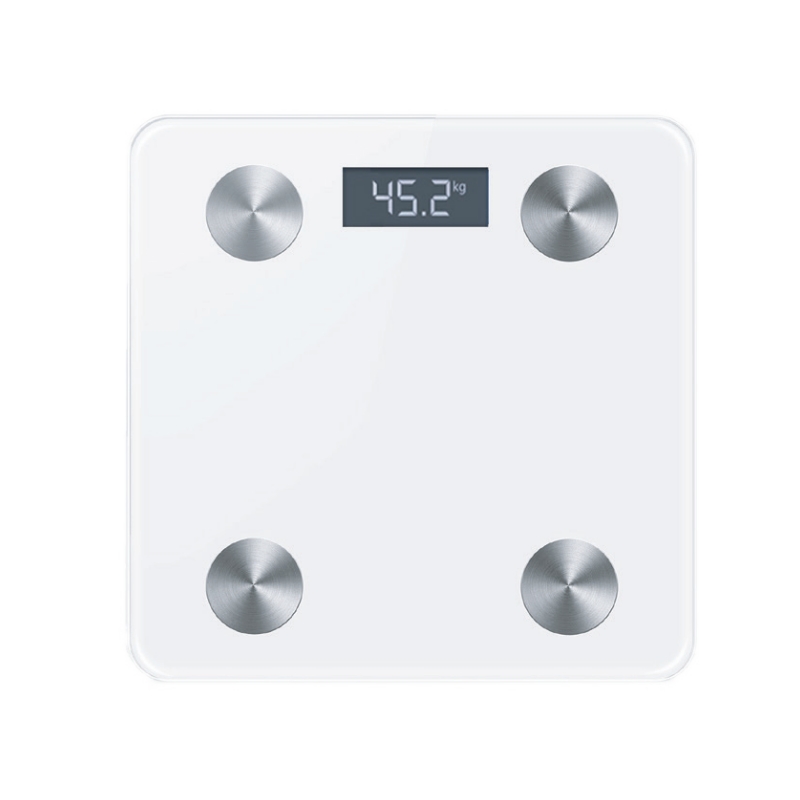Your Body's Dashboard: The Rise of Wearable Medical Tech
Your Body's Dashboard: The Rise of Wearable Medical Tech
Wearable Medical Devices are portable medical or health electronic devices that can be directly worn on the human body. They facilitate disease monitoring and health management by sensing, recording, analyzing, regulating, and intervening in physiological data, encompassing functions such as health monitoring, screening, and diagnosis. Common forms include headbands, necklaces, glasses, vests, clothing, belts, watches, and wristbands, with watches and wristbands being the most prevalent. These typically monitor parameters like heart rate, physical activity, and sleep. Some advanced products utilize optical sensors for monitoring blood pressure and blood components. Data collection is categorized into three types: scheduled, on-demand, and continuous, capturing physiological indicators such as blood pressure, electrocardiogram (ECG), and respiration.
Clinical applications are concentrated in health monitoring, disease treatment, and remote rehabilitation scenarios. Typical devices include continuous glucose monitors, ECG monitors, and pulse oximeters. The global market was valued at approximately $31.2 billion in 2023 and is projected to reach $249.5 billion by 2030, with a compound annual growth rate (CAGR) of 34.2%. Non-invasive monitoring technologies, such as ultrasonic patches capable of reading blood pressure waveform data in real-time, offer reduced patient discomfort compared to traditional methods. Future trends involve the deep integration of smart clothing, brain-computer interfaces, and artificial intelligence to support personalized health management.
Device Characteristics
Wearability: Designed for prolonged wear by users, employing various sensors to collect external data or physiological parameters, meeting diverse needs.
Intelligent Mobility: Enables long-term, effective data collection, ultimately transmitting data to mobile terminals and cloud networks. Coupled with the diversified development of wireless communication technologies, this makes wearable devices more intelligent and mobile.
Interactivity: Facilitates human-computer interaction, allowing for more precise collection and analysis of user data. Supported by cloud storage and big data technologies, it enables accurate assessment of user physiological status, providing higher quality services.
Product Classification
Common device forms include headbands, necklaces, glasses, vests, clothing, belts, watches, wristbands, and anklets. Watches and wristbands are the most common, primarily used for monitoring health metrics like activity, sleep, heart rate, and ambient parameters. Some advanced wristbands and watches incorporate technologies based on optical sensors for monitoring blood pressure levels and blood components.
Based on the collection mode, wearable devices are classified into three types: scheduled collection, on-demand collection, and continuous collection, primarily determined by user needs and application scenarios. Data collected includes physiological parameters like blood pressure, ECG, heart rate, respiration, step count, and calories; biochemical data such as blood, urine, tears, hemoglobin, and leukocytes; and imaging data like photos of body parts and portable B-ultrasound images.
Classified by function and purpose, wearable devices can be categorized into health monitoring, screening, diagnosis, treatment, and intervention, among others.
Key Technologies
Wearable Materials: The development of new conductors and semiconductor materials, such as conductive polymers, metal and metal oxide nanoparticles, and carbon-based nanomaterials, provides new impetus for wearable medical device design. These materials offer good conductivity alongside excellent mechanical properties, creating conductive textiles that are soft, lightweight, thin, and easily stretchable, making them highly suitable for wearable medical devices.
Sensor Technology: The core technology of smart wearable systems, primarily divided into motion sensors, biosensors, and environmental sensors. Motion sensors include accelerometers, gyroscopes, and barometric pressure sensors. Biosensors include heart rate, body temperature, blood pressure, and blood glucose sensors. Environmental sensors include temperature and humidity, ultraviolet (UV), pH, gas, ambient light, and particulate matter sensors. With advancements in materials and electronics, the performance of wearable biosensors is continually upgrading, evolving from common items like conductive fabrics for ECG monitoring and photoelectric rings for pulse and SpO2 to more novel forms like wearable "tattoos," moving towards more functions, more stable signals, and lower power consumption.
Medical Chip Technology: Used for acquiring and processing key physiological signals to obtain corresponding physiological information, enabling real-time monitoring of the user's health status. This allows for timely treatment of sudden illnesses and prevention of major diseases, reducing mortality rates. Key technologies for realizing wearable medical chips include low power consumption, full integration, and low noise.
Communication Technology: The large amounts of physiological data collected by wearable medical devices need to be uploaded to computers or the cloud for extensive calculation, with results sent back to the wearable terminal for user feedback. This requires efficient and secure wireless transmission technologies. Widely used wireless communication technologies include Wi-Fi, Bluetooth, ZigBee, infrared, and Near Field Communication (NFC). With the development of conductive textiles, wearable antennas have emerged as a new technology.
Circuit Design: Both sensors and fabric antennas require connection via circuits to form a cohesive system that enables the intended functions of the wearable medical device. Circuit design is crucial for functional realization.
Energy Harvesting and Storage: Reliable and continuous power supply is a prerequisite for wearable medical devices to perform effectively. While most currently use lithium battery power, the conversion of ambient energy sources like solar, mechanical, and thermal energy is an important research area and will become a vital pathway for sustained power supply.
Clinical Applications
The true significance of wearable medical devices lies in their ability to be attached to or integrated with the human body, recognizing physical characteristics and states. They continuously monitor our physical condition, activity levels, and metabolic status, digitizing our dynamic and static life and physical characteristics. Their real value is in the digitization of life and physical data, enabling real-time monitoring of health indicators like blood glucose, blood pressure, heart rate, blood oxygen, body temperature, and respiratory rate, as well as basic treatment administration.
In the healthcare field, wearable devices are primarily applied in health monitoring, disease treatment, and remote rehabilitation.
Health Monitoring: With health consciousness deeply ingrained, coupled with an aging population and strained medical resources, health monitoring is receiving significant attention. Market-available wearable monitoring devices are mainly smart wristbands and watches, known for their strong usability, portability, and aesthetic appeal. Main functions include step counting, vital sign detection, blood glucose monitoring, energy expenditure calculation, and sleep monitoring.
Disease Treatment: The use of wearable devices for rehabilitative disease treatment is often in the research and evaluation stage. Examples include wearable automated external defibrillators for high-risk cardiac patients, capable of automatic defibrillation during emergencies. Clinically, various wearable exoskeletal rehabilitation aids have emerged, such as hand, upper limb, and lower limb exoskeleton robots, which can effectively assist rehabilitation patients in training and improve outcomes.
Remote Rehabilitation: This not only guides patients through home-based rehabilitation but also expands the reach of rehabilitation services, reduces pressure on healthcare facilities, and allows for timely management of patient conditions.
Common wearable medical devices in clinical practice include continuous glucose monitors, ECG monitors, pulse oximeters, blood pressure monitors, hearing aids, drug delivery devices, and defibrillators.
Visit us at: www.kellyunion.com

 English
English Spanish
Spanish Turkish
Turkish
